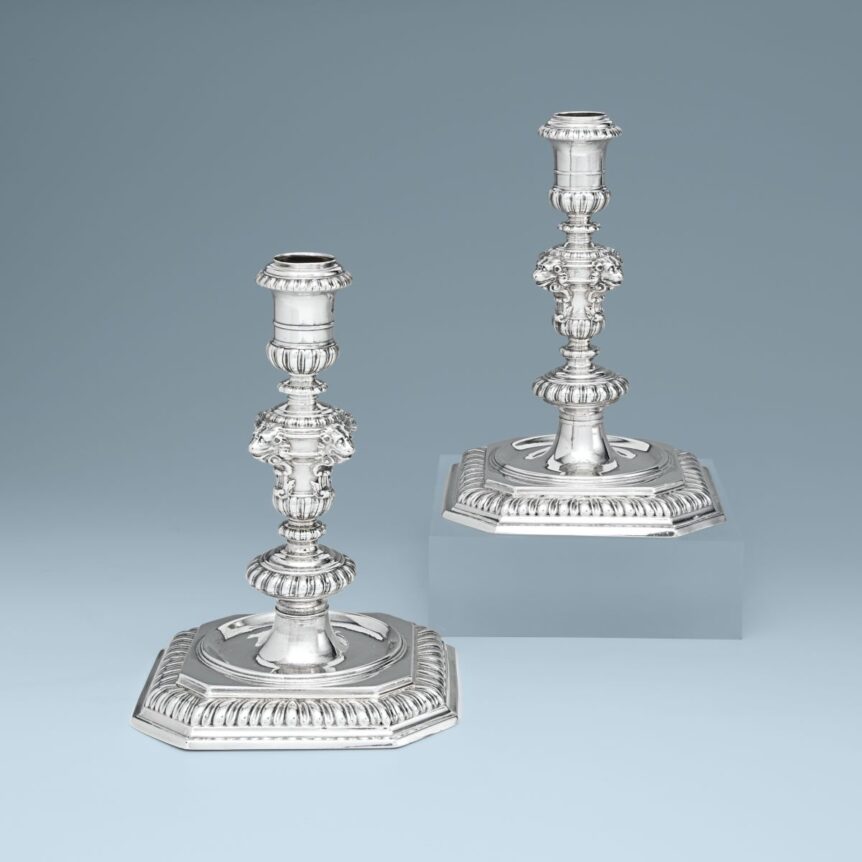We asked exhibitors at the Winter Show to highlight one exceptional object in their booths and describe it as they might to an interested collector. Here are the things they chose, along with their comments.
ELLE SHUSHAN
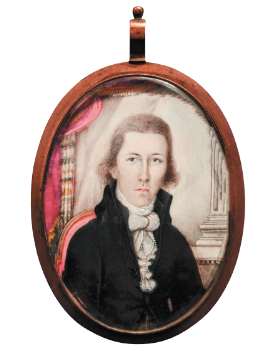
An eighteenth-century portrait miniature decorated with a column and drapes is likely from Virginia. And if the portrait also sports an old piece of adhesive tape identifying the sitter as a member of the fabled Lee family . . .
Born at Leesylvania Plantation, Prince William County, Virginia, Edmund Jennings Lee I (1772–1843) was the son of Henry Lee II, a member of the Virginia House of Burgesses. Among the thirteen children in his family, he had two noteworthy older brothers: General Henry “Light-Horse Harry” Lee, and United States Attorney General Charles Lee. As if the Lee genealogy weren’t complicated enough, Edmund Jennings Lee married his cousin Sallie Jane Caldwell Lee, daughter of Colonel Richard Henry Lee, Signer, Senator from Virginia, and the father of seventeen or eighteen children. Striking out on their own, the couple, who married in 1796, moved to Alexandria, where they settled on “Lee Corner.” Their nephew, Robert E. Lee, lived across the street. Following family tradition, they had nine children. Among his many civic duties, Edmund Jennings Lee served as president of the Common Council and mayor of Alexandria. He is buried in Christ Church Cemetery.
Miniatures, the most personal of portraits, almost always have a story to tell.
BARBARA ISRAEL GARDEN ANTIQUES
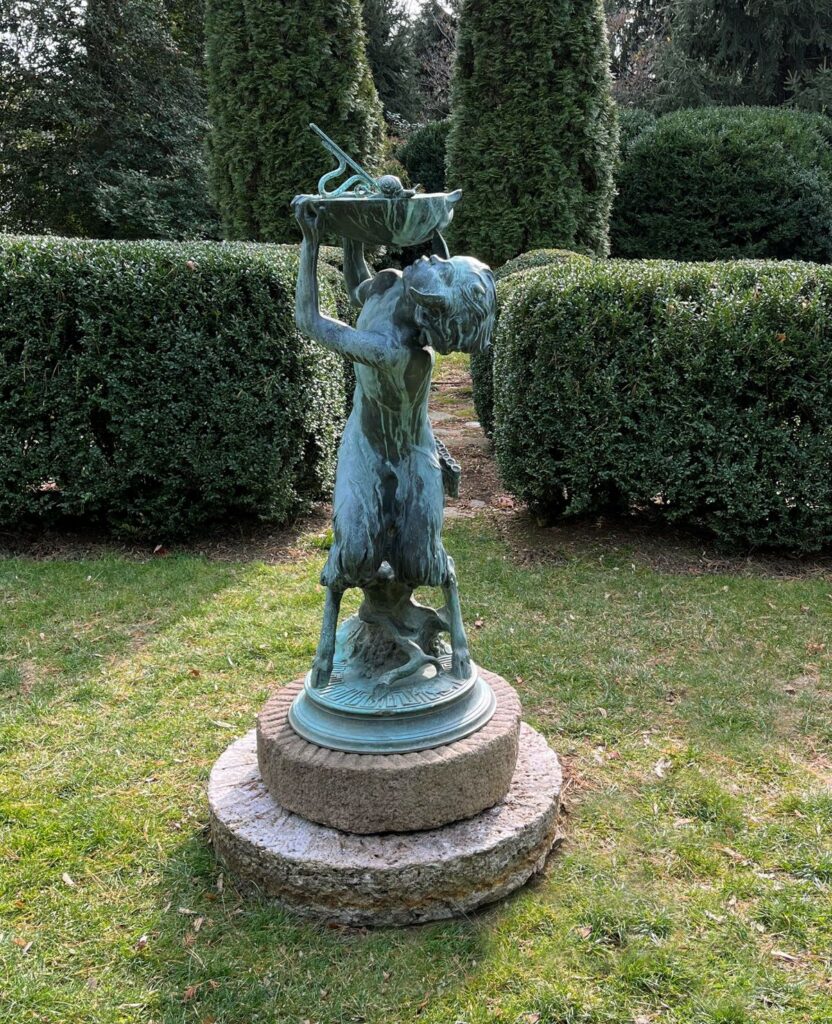
This bronze figural sundial by American sculptor Robert Ingersoll Aitken (1878–1949), featuring a child satyr holding a shell-form sundial, is made even more charming by the serpent embellishment on the sundial gnomon and the snail perched on the edge of the shell. It’s a particularly rare piece as the sculptor is far better known for his large civic commissions, the most famous of which is the West Pediment of the United States Supreme Court building in Washington, DC, commissioned by architect Cass Gilbert (1867–1934), and completed in 1935. The satyr sundial, commissioned in 1915 by the employees of the Murphy Varnish Company, was a gift to the firm’s president in honor of the company’s fiftieth year in business. The dial plate is inscribed with one of the more collegial mottos we’ve seen—“AMICIS QUAELIBET HORA,” or “Friends at any hour.”
AVERY GALLERIES
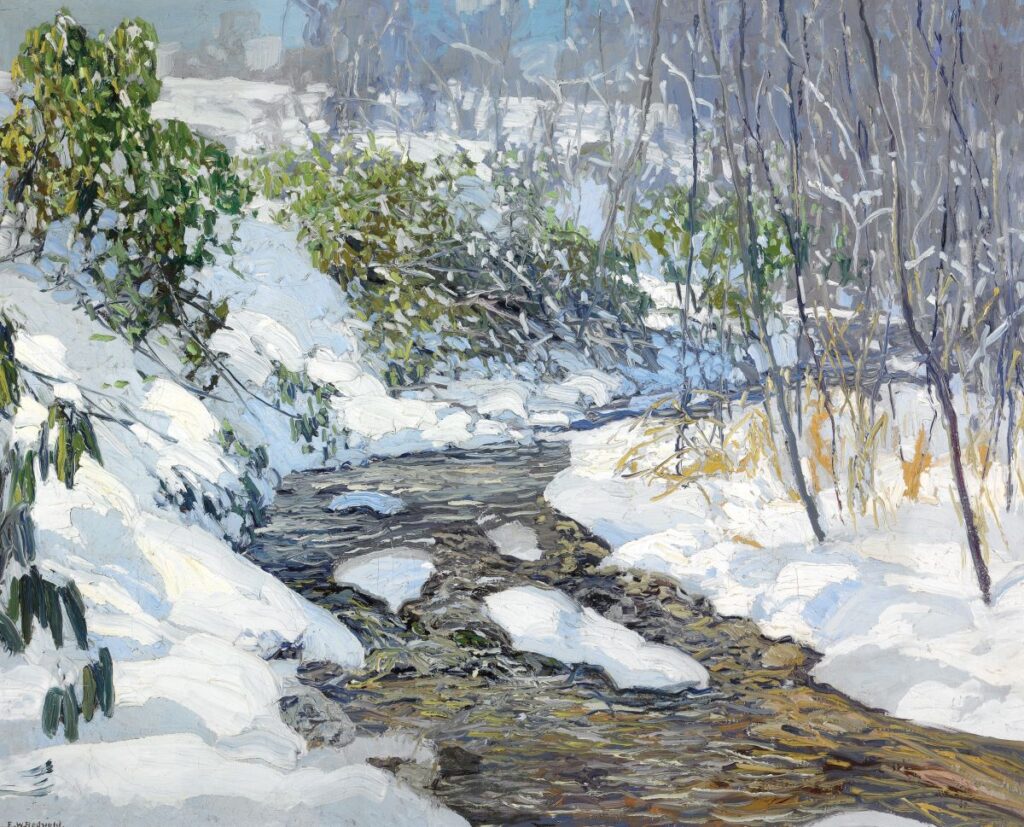
Edward Redfield’s (1869–1965) early artistic training took place at the Pennsylvania Academy of the Fine Arts from 1885 to 1889. Robert Henri was a fellow classmate, and the two men developed a strong friendship, eventually traveling to Paris together in 1889. There Redfield was first exposed to working en plein air, or outdoors, which became central to his artistic practice. On his return to the States, Redfield and his family moved to Center Bridge in Bucks County, Pennsylvania, not far from New Hope, where he became a leading member of the American impressionist artists’ colony there. He became best known for his powers of observation and his ability to capture the American landscape with vigor and originality. Easter Morning (oil on canvas, 26 by 32 inches) displays all the robust authenticity for which critics and collectors alike hailed the artist. The sense of energy and physicality of the painting, most notable in the heavy impasto of the brushwork, allows the viewer to experience the landscape as if he or she were actually in it. As the advancing tide of industrialization threatened to alter the very look of the American countryside, Redfield’s paintings, which were beautiful and bright and depicted very recognizable locales, brought people closer to nature itself. Yet it is important to remember that it was not Redfield’s intention to assign spiritual or even poetic meaning to the scenes he painted. The tactility of Easter Morning relates to how Redfield saw the scene; that is, as a vast array of colors, textures, and light. Redfield’s talent for finding picturesque views of specific places and infusing them with great life and originality are what make paintings like this one quintessentially American.
KELLY KINZLE ANTIQUES
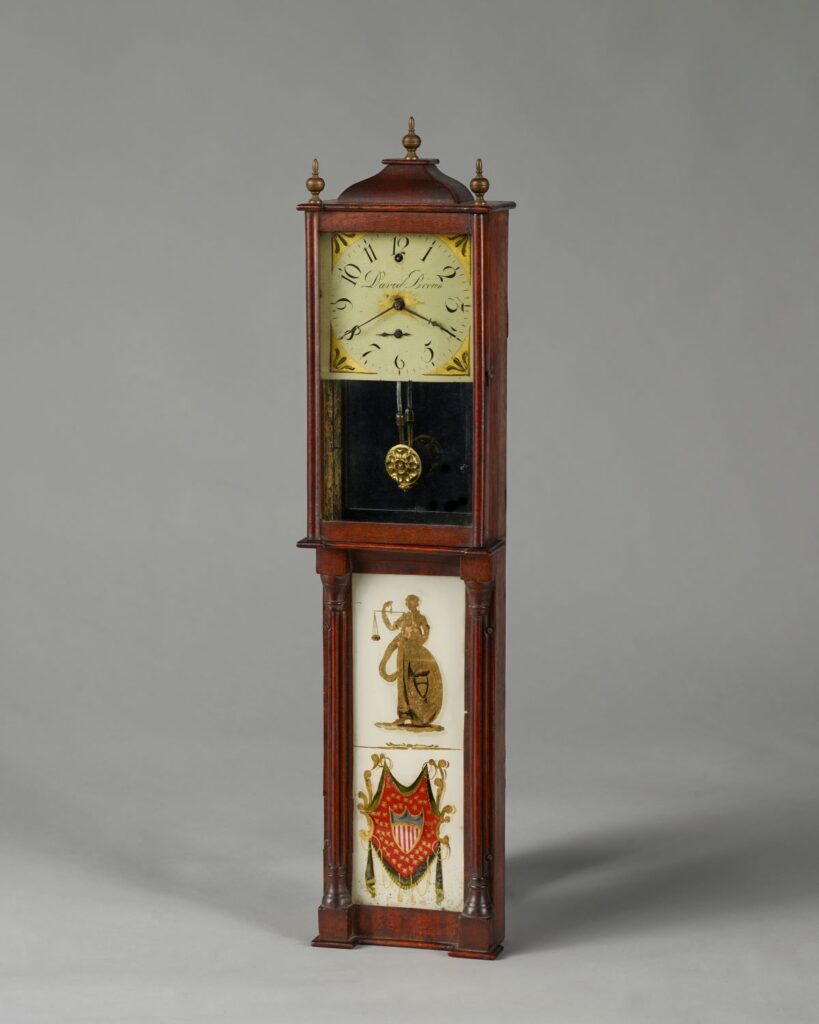
This miniature wall clock of c. 1815 represents an extremely unusual form, standing at just 20 1⁄2 inches tall (4 1⁄2 inches wide, 3 inches deep) and housed in an elaborate case still with its original églomisé panel. With works inscribed by Rhode Island inventor, silversmith, and clockmaker David Brown (1781–1868), it is classified as a “best” in Albert Sack’s classic book Fine Points of Furniture. Sack described it as “a unique clock of great rarity and desirability” and noted that the glass panel depicts “Justice holding the shield bearing the coat of arms of the newly formed United States.” The clock has an illustrious collection provenance and exhibition history, including having been shown at the Metropolitan Museum of Art’s American Art from American Collections exhibition in 1963. The entrepreneurial Brown’s story is a fascinating one that we are happy to share.
DEBRA FORCE FINE ART
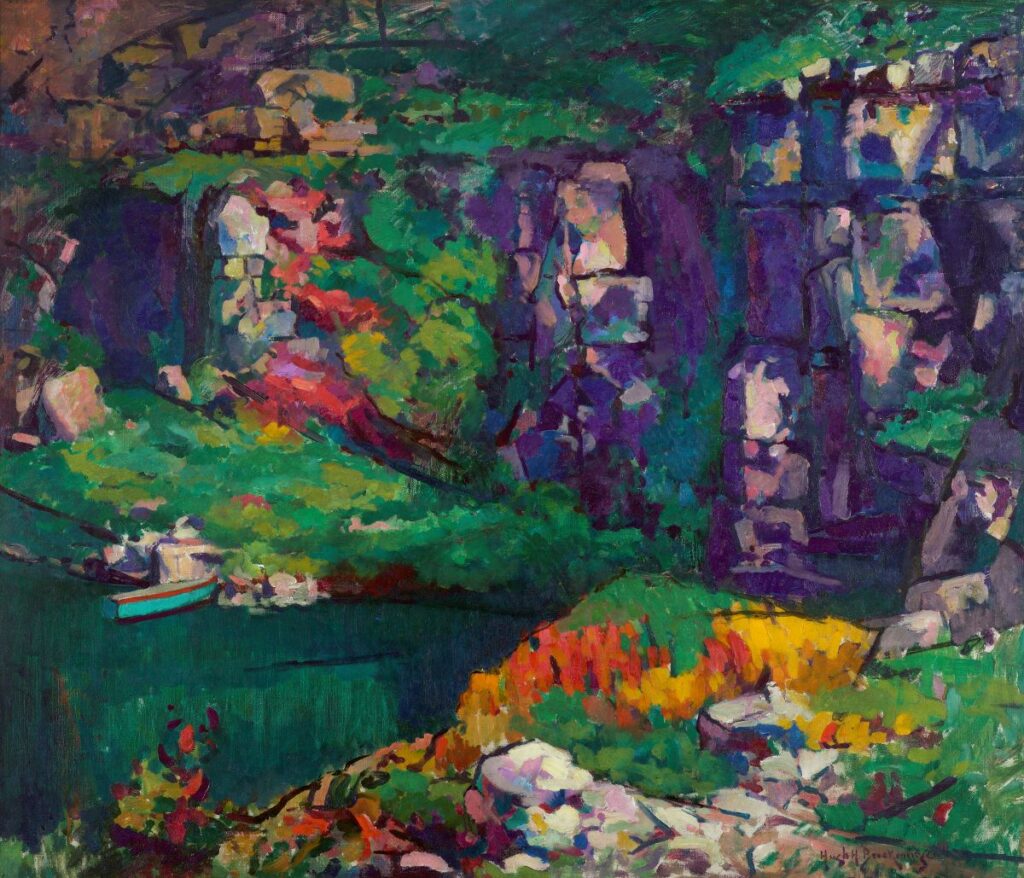
Hugh Henry Breckenridge (1870–1937) was a colorist, a seminal figure in Philadelphia’s modernist circles, and an influential and beloved teacher. The Lake, executed in 1916, is an outstanding example of his tapestry painting. The abstracted forms are still recognizable as a landscape (a small lake in a quarry), yet they are transformed into a series of irregular shapes and vibrant colors, creating a pattern across the plane of the canvas. The work was one of fourteen paintings Breckenridge exhibited at the 112th Annual Exhibition at the Pennsylvania Academy of the Fine Arts in 1917, a year after it was painted. Oil on canvas, it measures 37 1⁄4 by 43 3/8 inches.
CHARLES CLARK
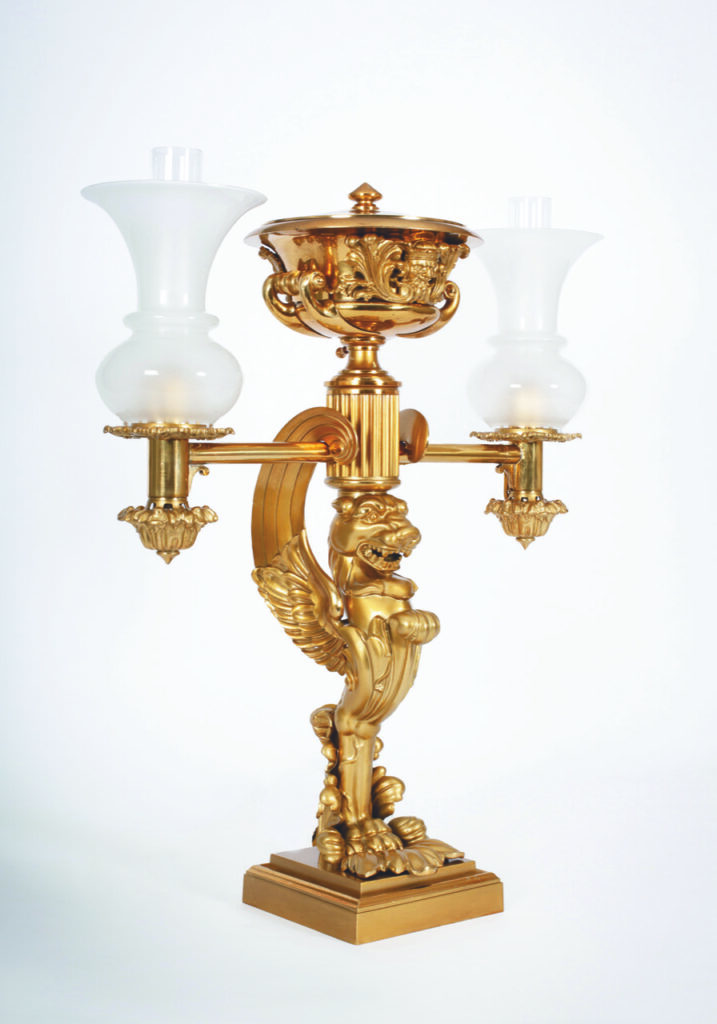
In a beautiful two-tone gilt-lacquered finish, an imposing mythical chimera with upswept wings on a large monopodic leg provides the standard for this splendid English two-light argand lamp of c. 1825. The font is designed as a doubled-handled urn with a classical mask with leaves. The leg of the chimera rests inside a large expressive foliate decoration. An almost identical example is illustrated in an early trade catalogue in the Winterthur Museum Library in Delaware. Made of bronze, brass, and glass, the lamp stands 23 inches high, 19 1⁄2 inches wide, and 7 1⁄2 inches deep.
JEFFREY TILLOU
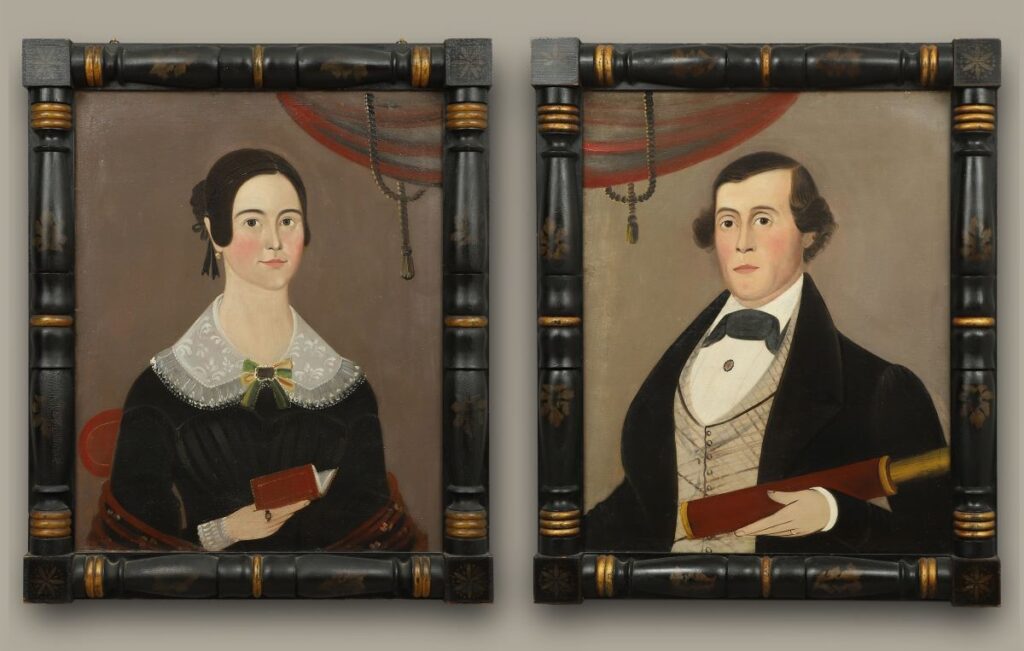
In celebration of the 70th year of the Winter Show we are offering fine and rare examples of Americana. Harkening back to the early days of the show when Americana was the primary focus, I will be paying tribute to my father, Peter Tillou. A central figure in the identity, strength, and longevity of the show, he started exhibiting in the early 1960s. The pair of c. 1840 portraits Sea Captain and Wife housed in wonderful period painted stenciled frames are by Sturtevant J. Hamblen and were illustrated in Nineteenth Century Folk Painting: Our Spirited National Heritage, Works of Art from the Collection of Mr. and Mrs. Peter Tillou (1971). As heads of separate businesses, my father and I collaborated and shared a booth for many years. What a great opportunity to continue this legacy at the 2024 show by offering pieces that descended to me from my family’s collection.
NATHAN LIVERANT AND SON, LLC
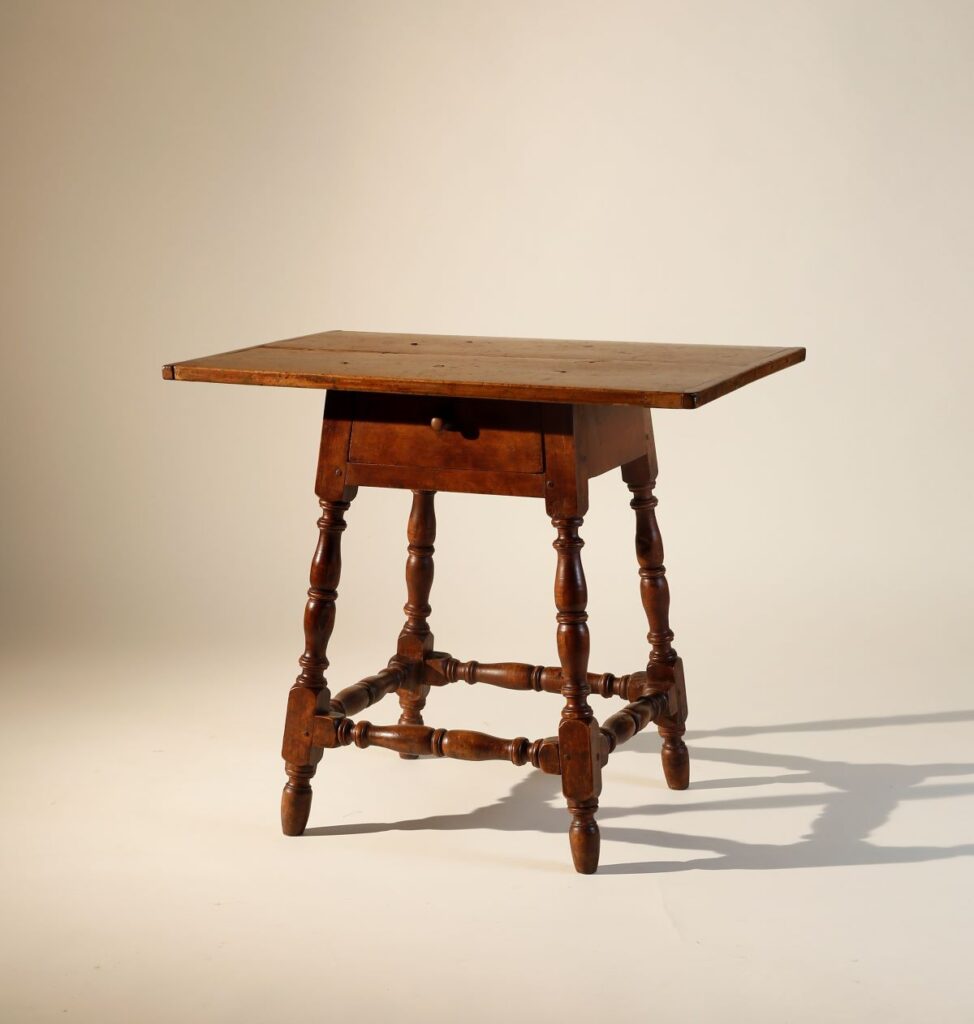
This rare William and Mary maple tavern table, 1730–1765, features a compact design with bold details. The reversed baluster turnings are typical of construction in the early to mid-eighteenth century; the turned stretchers, oversized turned feet, widesplay of the legs, and conforming tapered drawer exemplify the creative energy of the unidentified rural Mid-Atlantic cabinetmaker. The visual animation of the tavern table is matched by the exceptional original condition, retaining a mellow historic surface and a buttery soft scrubbed maple top.
DAVID A. SCHORSCH AMERICAN ANTIQUES
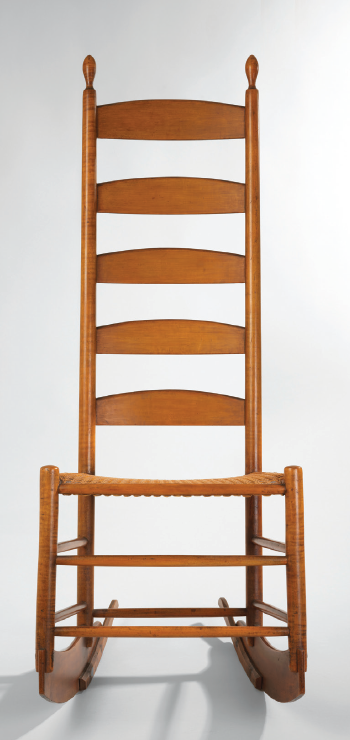
Prominently illustrated in five of the major texts on Shaker furniture, this armless maple rocker of c. 1840 is considered the ultimate example of the form made at the Harvard, Massachusetts, community. In describing the rocker in The Encyclopedia of Shaker Furniture, authors Timothy D. Rieman and Jean M. Burks state: “This is clearly an exceptional chair, where the maker stretched the limits of design. Five slat chairs are rare, but its combination with the figured maple, cane seat, and short rockers with added extensions make this one of the best.” The chair measures 51 3⁄4 inches high, with the seat measuring 20 inches wide, and the rockers, 27 3⁄4 inches deep. Its notable provenance includes Charles F. “Bud” Thompson and the Sprowls collection.
MICHELLE BEINY INC.
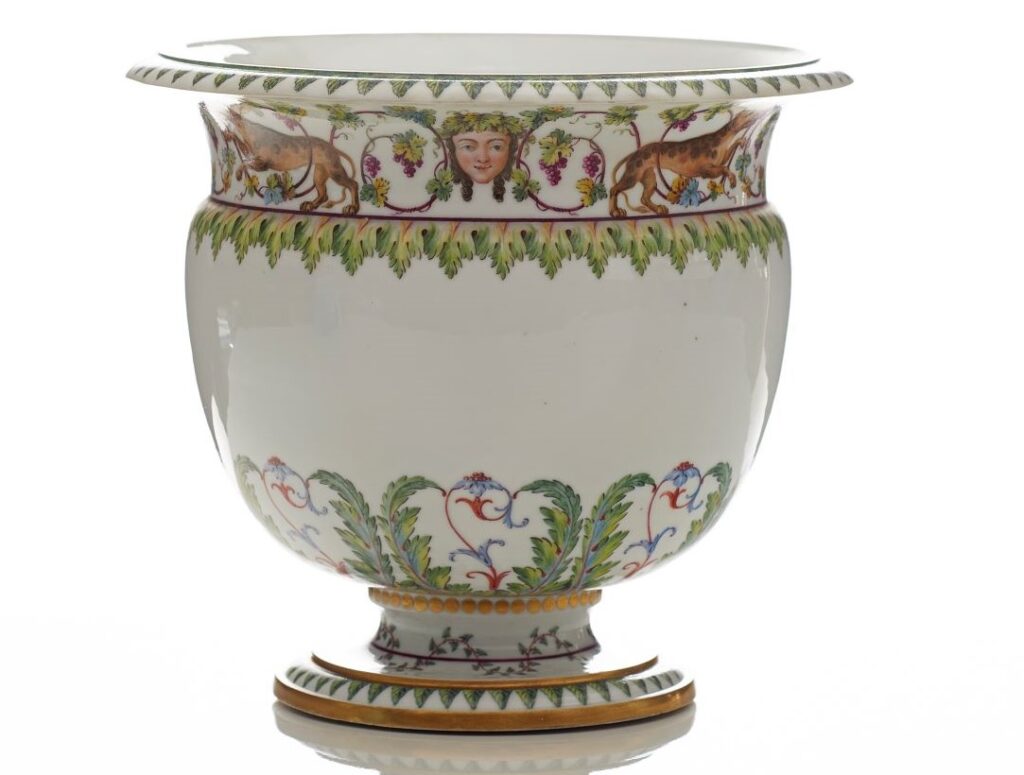
This footed half-bottle cooler is from the Arabesque service commissioned in 1783 by the Comte d’Angiviller for Louis XVI. As directeur des Bâtiments and minister in charge of the Sèvres porcelain factory, d’Angiviller pursued an active policy of introducing new ideas into the French artistic sphere and was a pioneer of the fashion for antiquity and the Renaissance, which was to reach its peak during the Empire period more than twenty years later.
Louis XVI had ordered a soft-paste dinner service with mythological scenes intended to inspire him through their depiction of episodes in the story of Telemachus; but d’Angiviller sought to push the boundaries by producing a service in hard paste, the new fashionable material that replicated true Chinese porcelain. He ordered decoration taken from Raphael’s Vatican Loggia, created in the early sixteenth century for the Medici Pope Leo X and deriving its inspiration from the excavations of ancient Rome.
The shapes of the service were designed by the architect Louis Le Masson, mostly inspired by ancient architectural forms. The decoration was copied from the three volumes of engravings of Raphael’s Vatican Loggia by Giovanni Volpato and Giovanni Ottaviani produced 1772–77. Plate 2 in the second volume shows the design of leaping leopards that was used as a source of inspiration for the painting on our bottle cooler.
Although the factory had gone a long way toward mastering hard paste by this time, there were a number of technical difficulties and production of the service dragged on, coming to a halt in 1787. Never delivered to Louis XVI, it was finally presented as a diplomatic gift in 1795 to Karl August von Hardenberg, minister of state of the king of Prussia. It was taken to Schloss Neuhardenberg near Berlin, where it remained intact until World War II, but only a small number of pieces survived destruction by Russian forces in 1945. Our piece remained in the possession of a descendant of Prince von Hardenberg until now.
S. J. SHRUBSOLE
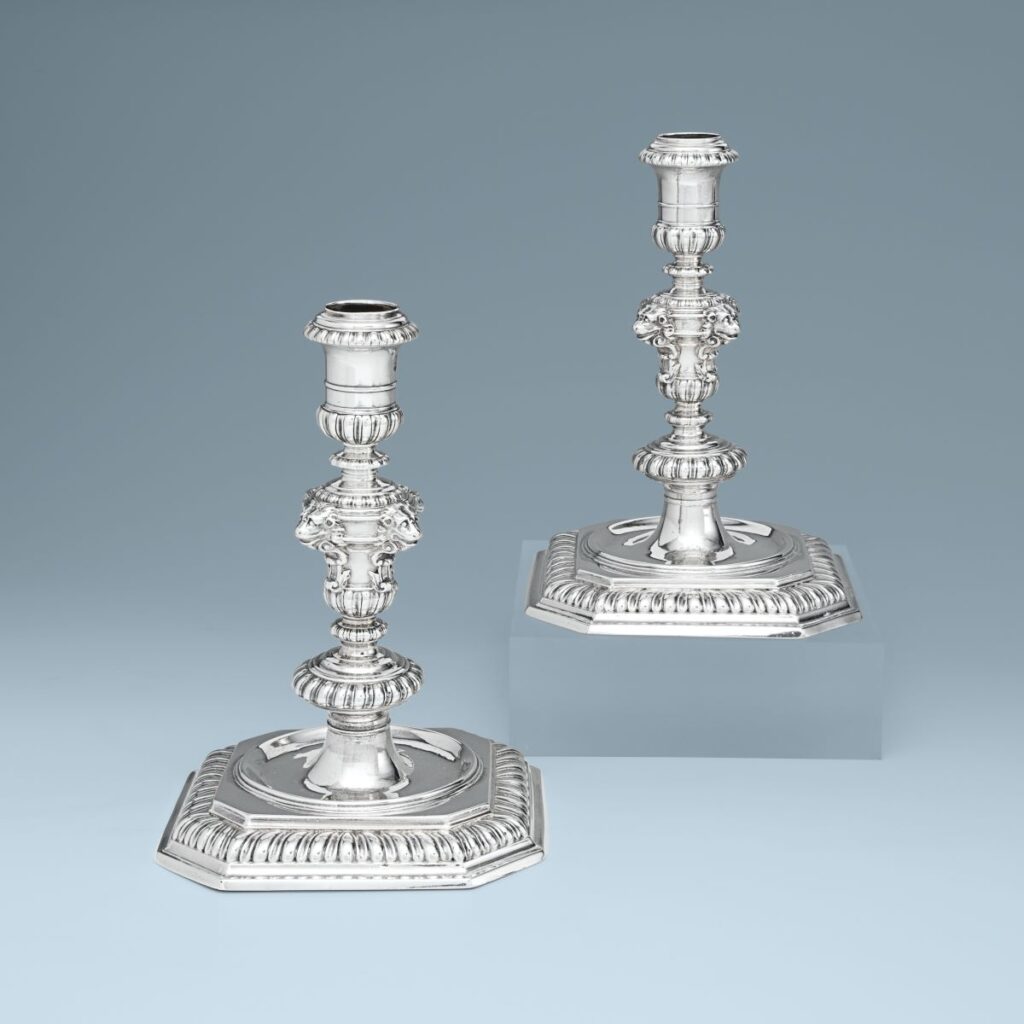
These unusually large William III silver candlesticks were made in London in 1696, possibly by David Willaume. At 8 inches tall, they are 30 percent larger than was standard in the period and with their lion-mask decoration, they were clearly intended to make an impressive statement. The crest is that of Grenville, for Richard Temple-Nugent-Brydges-Chandos-Grenville, 1st Duke of Buckingham and Chandos (1776–1839) or his son Richard Plantagenet Temple-Nugent- Brydges-Chandos-Grenville, 2nd Duke of Buckingham and Chandos (1797–1861).
The 2nd Duke was declared bankrupt in 1847, with debts over a million pounds, only seven years after succeeding his father, and was forced to sell the contents of Stowe House, the main family seat. The financial ruin of so prominent a member of the aristocracy, who had inherited an income of more than £ 70,000, a huge fortune at the time, was a national sensation. The candlesticks were included in the 37-day-long Christie’ Stowe House Sale in 1848, and they were subsequently included in Queen Charlotte’s Loan Exhibition of Old Silver in 1929, one of the most important exhibitions of English silver ever held.
LILLIAN NASSAU
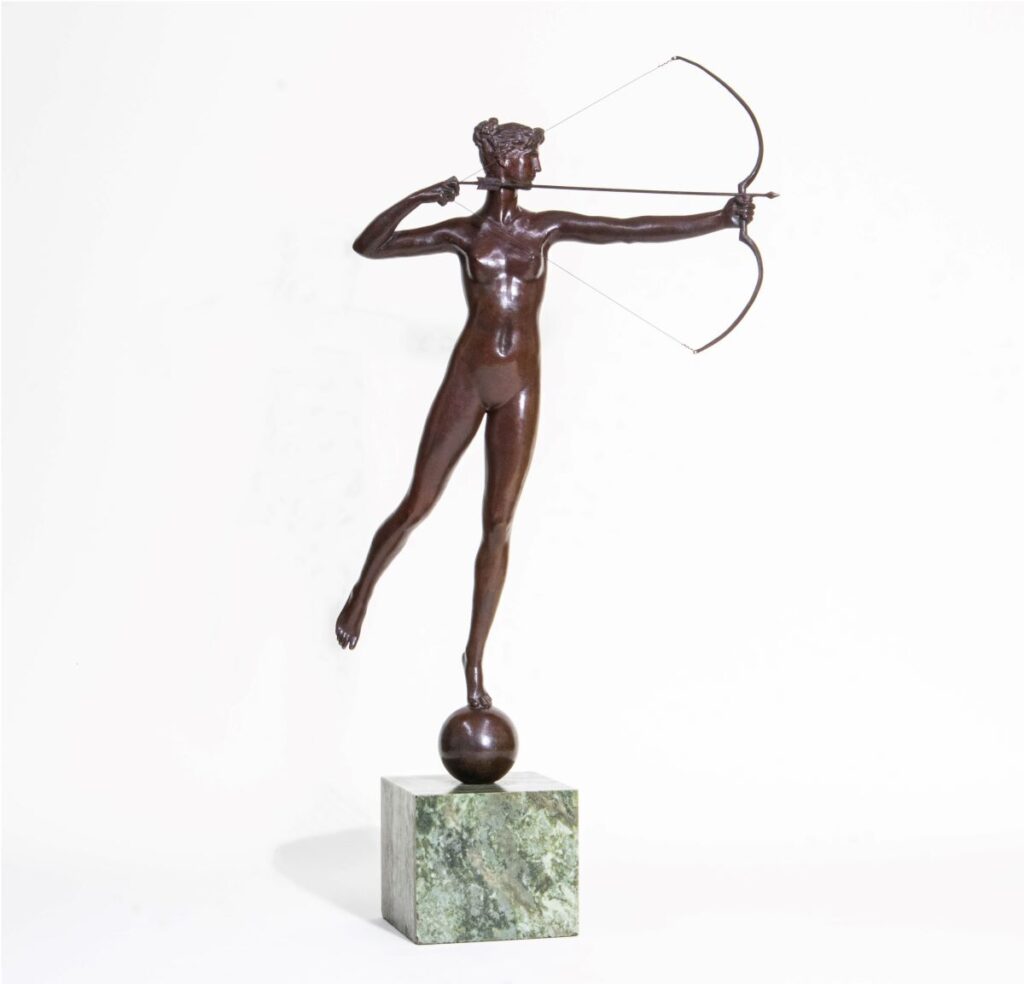
Originally designed as a gilt-bronze weathervane for the tower of Madison Square Garden in 1891, Diana was the first monumental work from which Augustus Saint-Gaudens (1848–1907) produced reductions. In 1892–1893, he remodeled his original Diana, which at 18 feet high was too large in proportion to the tower, to a 13-foot high sculpture. That second version was installed on the tower of Madison Square Garden in 1893, where it remained until the Garden was demolished in 1925, ending up in the permanent collection of the Philadelphia Museum of Art. The second version served as the basis for the coming reductions, designed without the flying drapery, such as this Diana of the Tower of 1899. Cast at the “E. Great” foundry in Paris, it stands 31 3⁄4 inches tall, including the marble base.
ROBERT YOUNG ANTIQUES
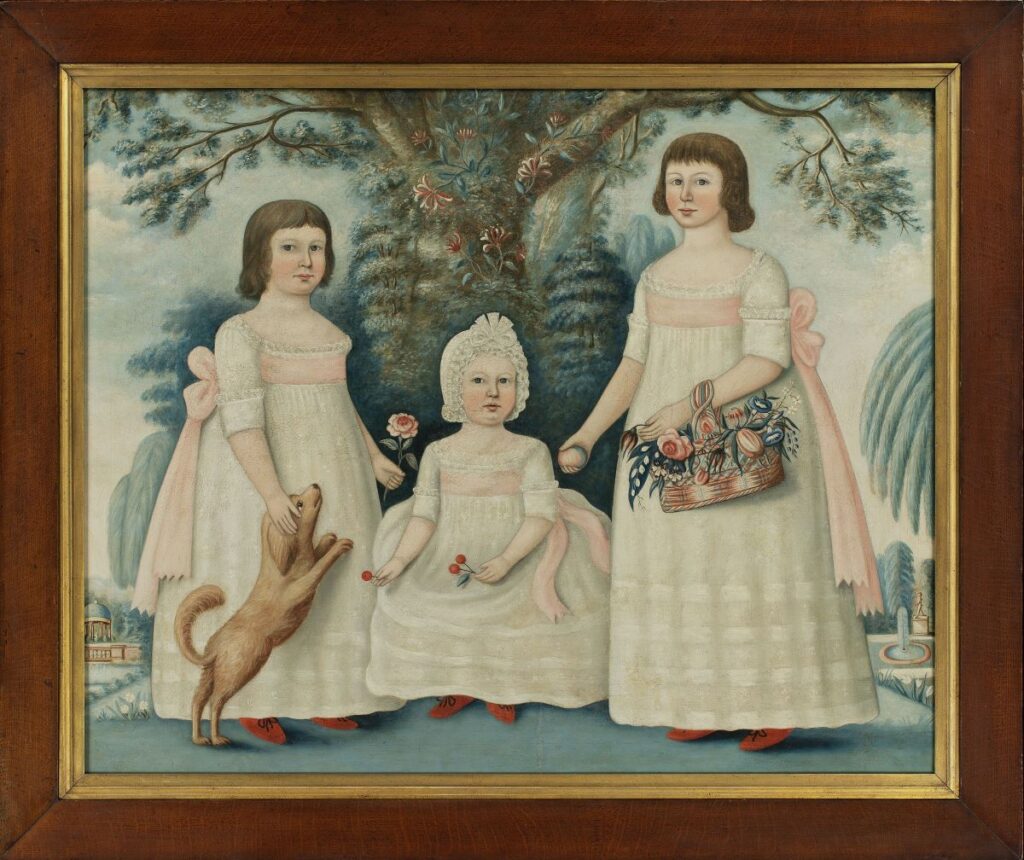
It is unusual to have a triple-child family portrait in the English folk art tradition, not to mention one on this scale having such a formal composition for an engagingly naive folk art painting. The soft, pale palette is delightful and most unusual, and the work’s exhibition history is fascinating.
The painting was selected by curators from Art Services International, of Alexandria, Virginia for the pioneering exhibition Two Hundred Years of English Naive Art, which toured the US in 1996. The show included objects loaned from British private collections (this one included) and from eighteen English museums. It was accompanied by a learned and fully illustrated 192-page catalogue written by James Ayres, respected author of British Folk Art and English Naïve Painting 1750–1900.
A detail of the portrait was illustrated as the frontispiece of the catalogue, where it is titled Portrait of Three Sisters and dated c. 1810, and subsequently in full on page 36, where it is accompanied by a text reading: “The high waisted dresses suggest a Regency period for this memorable group portrait found in Lancashire. The idyllic sylvan setting effortlessly implies a landed family, while the unusually pale palette is in keeping with the youth of the sitters.”
We recently acquired the work, which measures 41 by 50 inches, directly from the descendants of the collector who loaned it to the 1996 exhibition.
DANIEL CROUCH
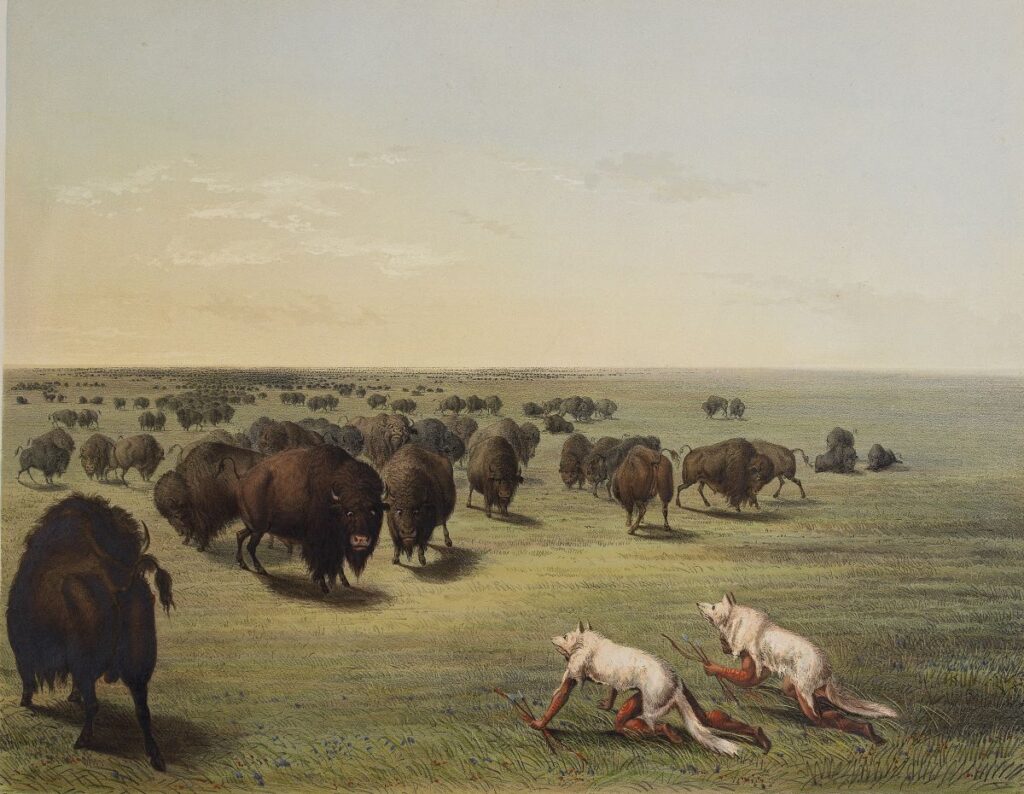
From the arrival of the tall ships of the Pacific voyagers in the late eighteenth century to the coming of the trans-continental railroad in the mid-nineteenth, the Petros G. Pelos Collection tells the story of the building of a nation. The 100 items in the collection do not just reflect the emerging shape of the United States but were fundamentally instrumental in creating its identity. They include some famously iconic, and exceptionally rare, first-hand printed and manuscript travel accounts, atlases, portfolios, and governmental proclamations (in as near to original published condition as one could hope to find), from the libraries of some of America’s most prominent bibliophiles (Park, Stevens, Eberstadt, Streeter, Graff, Siebert, Javitch, Copley, Friedlander, Snider, Sharpe, Heckrotte, Greene, Lipman, Fossett). In addition, the collection contains hundreds of charts, maps, views, and portraits, of the peoples and places that make “America, the Beautiful.”
Shown is a hand-colored plate from George Catlin’s North American Indian Portfolio, Hunting Scenes and Amusements of the Rocky Mountains and Prairies of America of 1844. An illustrator from Philadelphia, Catlin was the first western artist to attempt the perilous journey up the Missouri River, and the first to create visual records of his experiences traveling among the Plains Indians of North America.
SPENCER MARKS, LTD.
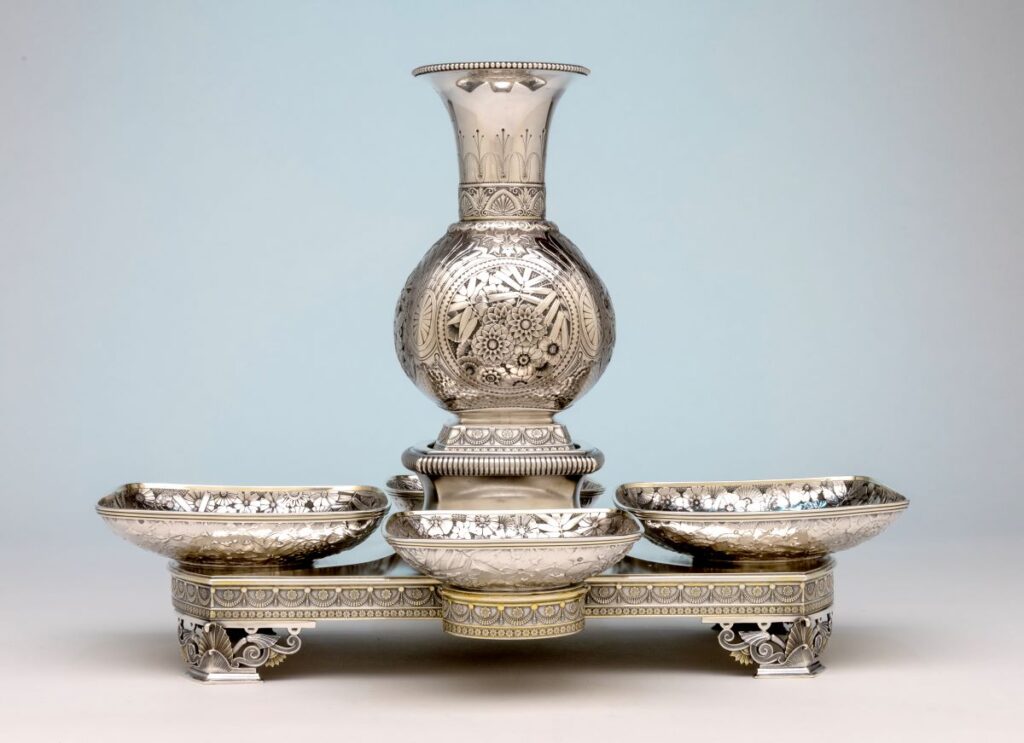
Boldly decorated with floral chasing, this Gorham special-order centerpiece comes alive with designs that bridge the aesthetic movement and classicism. The wonderful parcel-gilding shows the attention to detail. Gorham’s records indicate the chased decoration alone on this piece took 282 hours of work by one of their most skilled artisans. Made for retailer Theodore B. Starr in 1879, the centerpiece would have been priced around $750.00, the cost of about two automobiles when they were introduced fifteen years later.
OLDE HOPE ANTIQUES
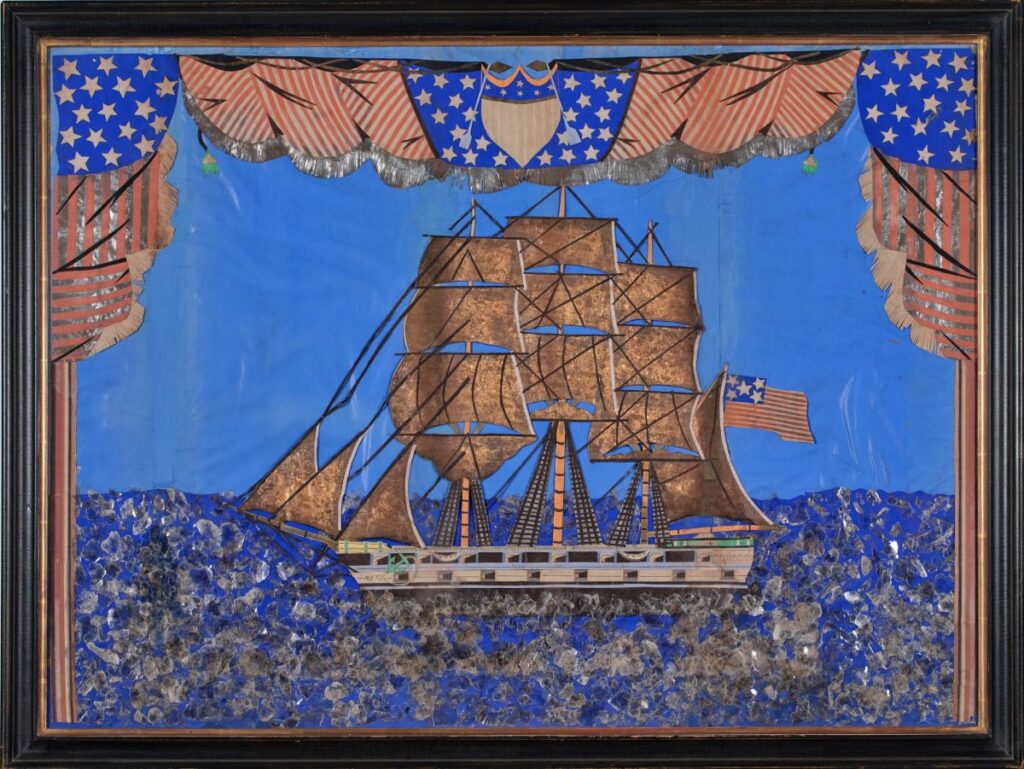
This exuberant collage depicting a clipper ship is a tour de force of American folk art and exhibits many characteristics that make the genre continually popular. Completed circa 1860 and measuring 29 3⁄4 by 39 1⁄2 inches, it features sails of gold foil, boldly draped American flag swags in cut paper and silver foil, and a sea of mica flakes, all against a brilliant blue background. It is an inspired, singular example by an unknown artist of considerable natural skill. The work descended for more than forty-five years in the family of dedicated collectors George and Florence Dittmar, who delighted in filling their eighteenth-century Colts Neck, New Jersey farmhouse with the best examples of early furniture, pottery, textiles, metalwork, and folk art of varying mediums. It is part of our presentation “The Dittmar Collection: Living with Antiques at Duck Hollow” at the Winter Show.
ARONSON
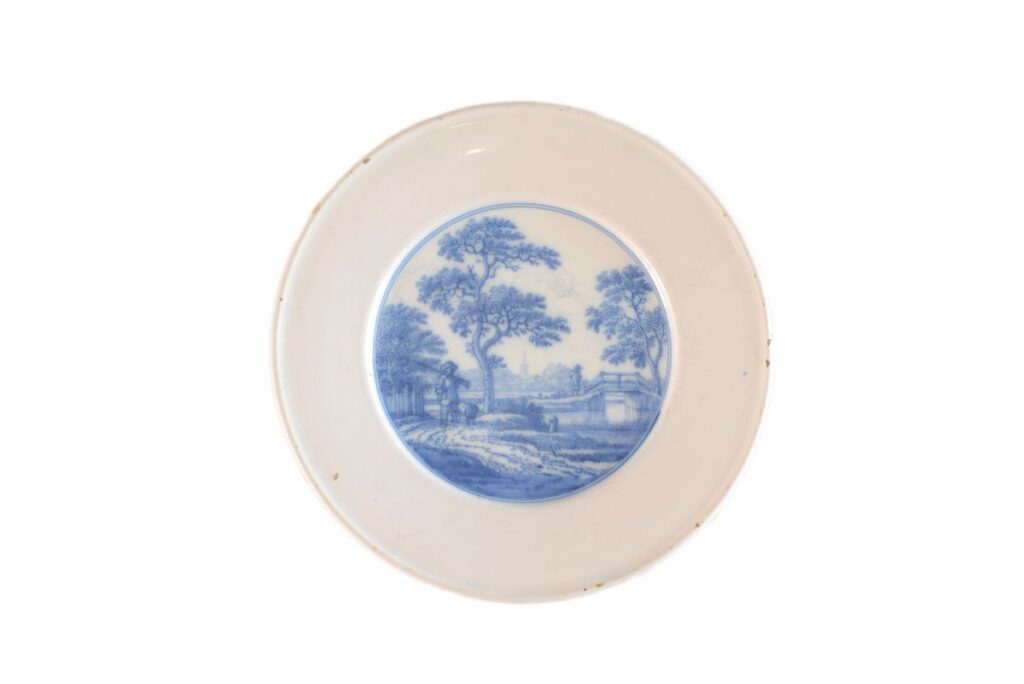
In January 2024, the Winter Show will be celebrating its 70th anniversary and honoring Aronson’s 30th year of exhibiting in captivating New York. To mark this extraordinary occasion, we are delighted to present an exclusive exhibition featuring two exceptional artworks by the renowned artist Frederik van Frytom (c. 1632–1702). Celebrated as Holland’s most renowned painter of seventeenth-century Delft faience, Frytom possessed an unparalleled ability to blur the lines between fine arts and applied arts. His artistic brilliance extended beyond ceramics, as he was also known for his captivating paintings on both canvas and panel. Even today, his work remains a pinnacle of perfection, a testament to the limitless possibilities of artistic expression.
We will showcase a mesmerizing plate and a captivating painting on panel, both meticulously crafted by Frytom. Visitors will have a unique opportunity to marvel at the sublime quality of his artistry.
BERNARD GOLDBERG FINE ARTS
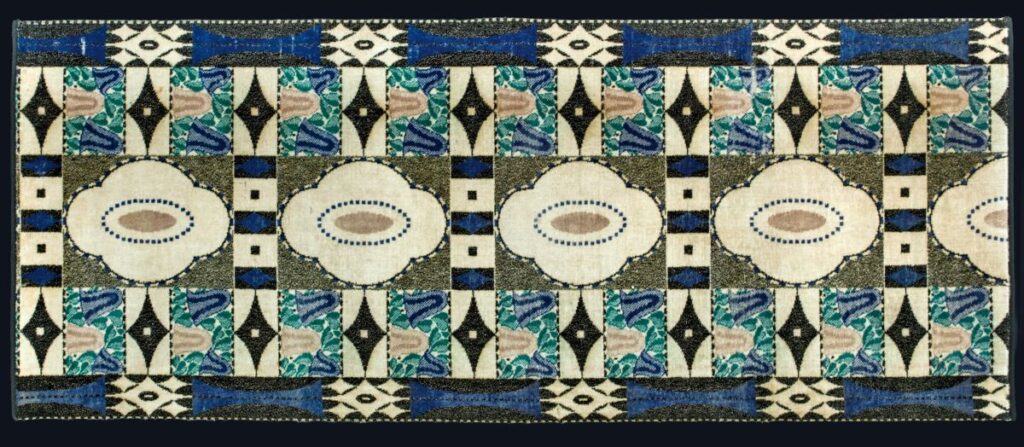
Josef Hoffmann designed this carpet in 1907 for the Palais Stoclet in Brussels. It was also used in various rooms in Villa Ast in Austria and to equip a number of other residential apartments. Gustav Klimt, for instance, used it for his studio in Feldmühlgasse in Vienna’s 13th district. Three of these carpets were produced in 1912 and will be exhibited in our booth, titled “Architects of Design,” at the 2024 Winter Show.
JAMES ROBINSON, INC.
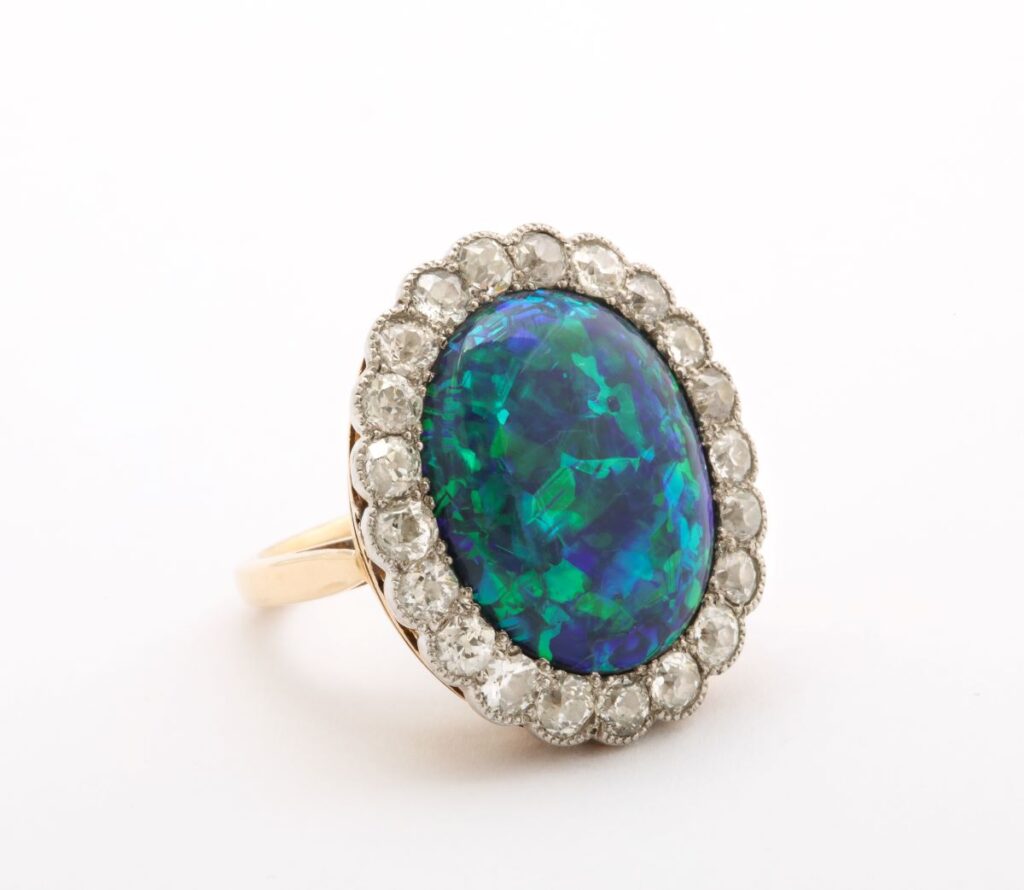
An alluring cabochon black opal ring, the stone characterized by a celestial rainbow of colors that changes as it moves, like the sweep of a starry night sky. The opal further resonates with the soft halo and glow of the surrounding old European cut diamonds. The palette of this American turn-of-the-nineteenth-to-twentieth-century American ring speaks of the luminescent artistry and design masters of the day.
LEVY GALLERIES
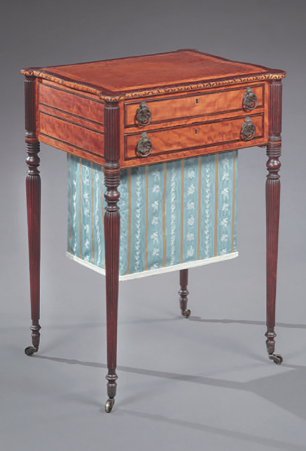
This spectacular worktable attributed to the Boston workshop of Thomas Seymour, possibly with John Seymour, is being offered for sale for the first time, having never been out of the family of its original owners. Every aspect of the table shows the care the Seymours put into their furniture while also displaying elements unique to their work. The solid satinwood legs and the use of multiple exotic woods for decoration are further evidence of the importance of this magnificent worktable. For a nearly identical example with the same brass pulls, see Robert D. Mussey Jr.’s Furniture Masterworks of John and Thomas Seymour, pp. 300–301, no. 83. Measuring 30 1⁄4 inches high, 21 inches wide, and 17 1⁄4 inches deep, the worktable dates between 1805 and 1812.

